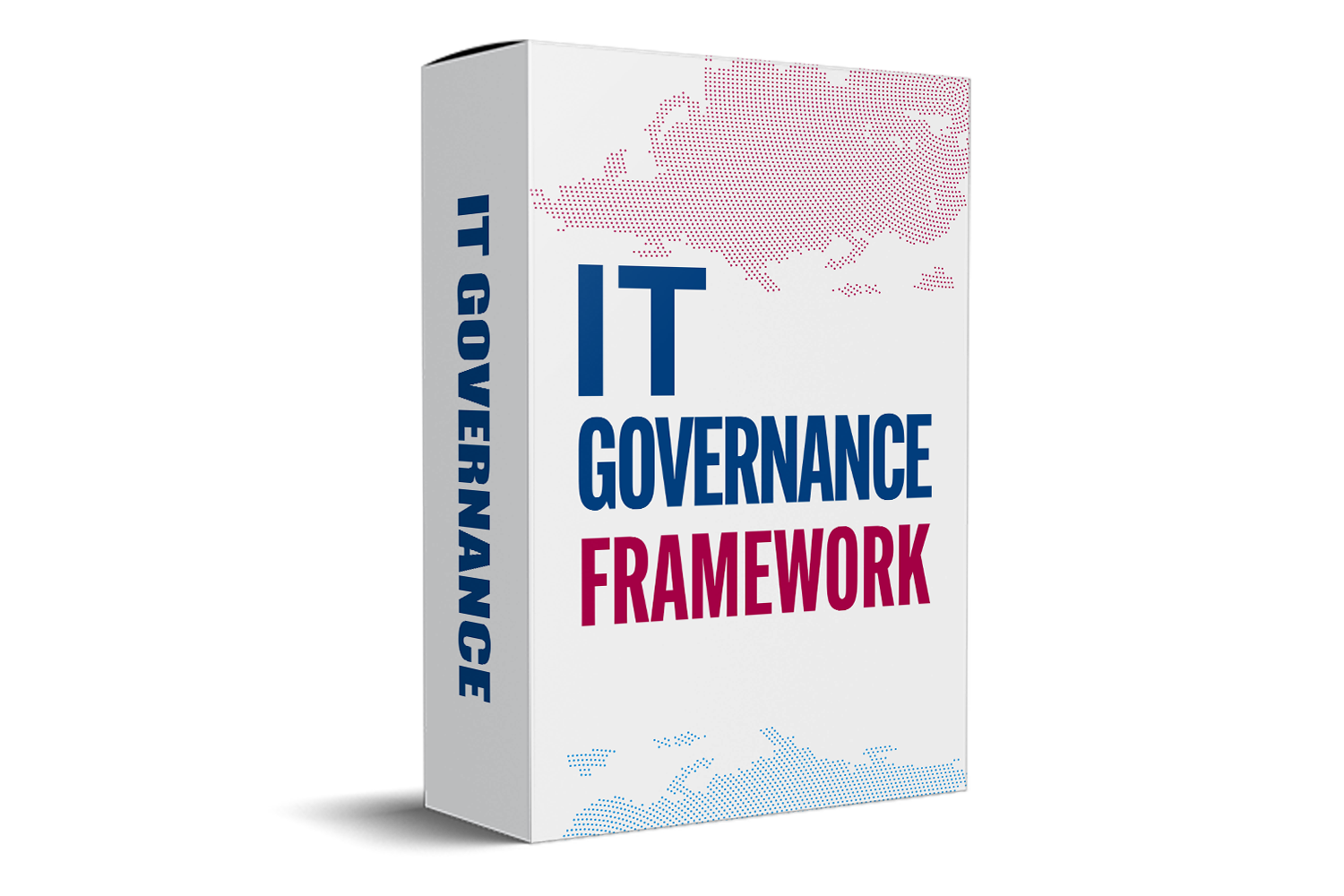What Does MoV Stand For In Project Management?
MoV stands for Management of Value in Project Management. It refers to the key performance indicators that measure the success and value of a project. These indicators help project managers assess whether the project is meeting its objectives and delivering the expected value to stakeholders. Understanding the significance of the MoV in project planning and execution is essential for project managers to ensure that their projects are aligned with the overall goals and objectives of the organization.

Defining MOV
To successfully articulate the MoV, project managers should focus on a few key aspects:
- Specificity: The MoV must be well-defined and specific. Vague notions of value can lead to misalignment and confusion about project goals.
- Measurable: It's essential that the MoV be quantifiable. Establishing clear metrics and criteria for success provides a framework for evaluation and accountability.
- Outcome Oriented: The MoV should emphasize outcomes rather than outputs. For example, rather than just completing tasks on time, the MoV should reflect how those tasks contribute to organizational growth or customer satisfaction.
Implementing MoV In Projects
To successfully integrate MoV into projects, project managers should follow these steps:
1. Define Goals And Objectives: Start with clear definitions of what success looks like for the project. This involves setting measurable and attainable goals aligned with the business strategy.
2. Establish MoV Metrics: Work closely with stakeholders to identify specific metrics that define value for the project. This should include both quantitative and qualitative measures.
3. Monitor And Evaluate: Throughout the project lifecycle, continually monitor progress against the MoV metrics. This allows for adjustments and corrective actions to be taken in real-time.
4. Post-Project Review: Conduct a comprehensive analysis post-implementation to compare actual project outcomes with the intended MoV. This review should inform future projects and improve value measurement processes.
The Importance Of MoV
MoV serves several essential purposes in project management:
1. Alignment With Business Objectives: By defining the MoV early in the project lifecycle, project managers can ensure that all efforts are focused on delivering outcomes that are not only beneficial but also aligned with the broader objectives of the organization.
2. Performance Measurement: MoV offers a concrete means to measure project success. Rather than relying solely on traditional metrics such as time and budget, assessing whether a project meets its defined MoV allows stakeholders to evaluate the actual value generated.
3. Stakeholder Engagement: Clearly communicating the MoV can enhance stakeholder buy-in and engagement. When stakeholders understand the value that a project intends to deliver, it fosters support and creates a shared vision.
4. Decision-Making Framework: MoV can serve as a guiding framework for decision-making throughout the project. If unexpected issues arise, project managers can assess alternative courses of action against the project's MoV to determine the best path forward.
Steps To Implement MOV In Your Project
To effectively utilize the MoV framework, project managers can follow these steps:
1. Define Project Objectives: Begin by outlining the key objectives of your project. What are you aiming to achieve in both the short-term and long-term?
2. Identify Metrics: Determine the specific metrics that will measure the project's success. This could include customer satisfaction scores, budget adherence, time to completion, and quality assessments.
3. Engage Stakeholders: Collaborate with stakeholders to ensure that the identified metrics resonate with their expectations and needs. This collaboration enhances the relevance of the MoV.
4. Regular Monitoring: Establish a routine for evaluating progress against the MoV criteria. Regular check-ins will help identify potential issues before they escalate.
5. Adjust As Necessary: Be prepared to adapt project plans based on the insights gained from MoV measurements. Flexibility is key to overcoming obstacles and achieving project goals.
Conclusion
In conclusion, MoV, or Measure of Value, is a pivotal concept in project management that goes beyond traditional metrics of success. By focusing on the value delivered, project managers can align projects with overall business objectives, improve stakeholder communication, and make informed decisions that drive success. Embracing MoV leads to more strategic project execution and ultimately contributes to organizational growth and success.



